-
 Bitcoin
Bitcoin $116700
0.24% -
 Ethereum
Ethereum $3973
4.34% -
 XRP
XRP $3.283
7.68% -
 Tether USDt
Tether USDt $1.000
0.01% -
 BNB
BNB $789.8
2.27% -
 Solana
Solana $176.2
3.31% -
 USDC
USDC $0.9999
0.00% -
 Dogecoin
Dogecoin $0.2238
5.14% -
 TRON
TRON $0.3389
-0.51% -
 Cardano
Cardano $0.7907
4.03% -
 Stellar
Stellar $0.4527
10.02% -
 Hyperliquid
Hyperliquid $41.07
4.27% -
 Sui
Sui $3.794
1.77% -
 Chainlink
Chainlink $19.49
10.40% -
 Bitcoin Cash
Bitcoin Cash $580.9
0.74% -
 Hedera
Hedera $0.2617
4.32% -
 Avalanche
Avalanche $23.41
3.67% -
 Ethena USDe
Ethena USDe $1.001
-0.03% -
 Litecoin
Litecoin $122.4
1.38% -
 Toncoin
Toncoin $3.364
1.49% -
 UNUS SED LEO
UNUS SED LEO $8.988
0.37% -
 Shiba Inu
Shiba Inu $0.00001295
2.82% -
 Uniswap
Uniswap $10.62
5.75% -
 Polkadot
Polkadot $3.922
4.46% -
 Dai
Dai $1.000
0.01% -
 Bitget Token
Bitget Token $4.494
2.15% -
 Monero
Monero $268.0
-1.30% -
 Cronos
Cronos $0.1523
3.68% -
 Pepe
Pepe $0.00001127
4.43% -
 Aave
Aave $285.4
4.85%
When did NFT start?
The surge in NFT popularity in 2021, driven by record-breaking art sales, ignited widespread interest and paved the way for diverse applications in various industries, transforming the way we own and interact with digital assets.
Oct 09, 2024 at 04:17 am
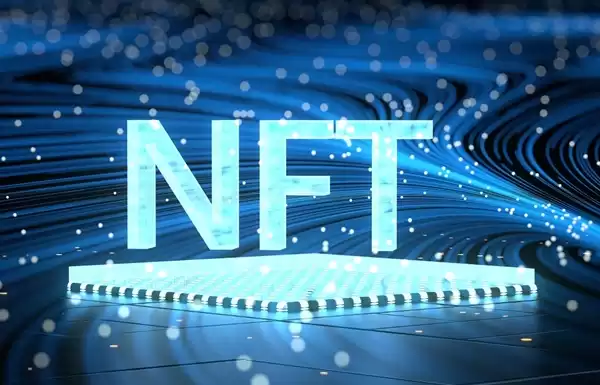
The Rise of Non-Fungible Tokens (NFTs)
1. Origins and Early History:
- NFTs first emerged in 2012, introduced by Meni Rosenfeld as "Colored Coins" on the Bitcoin blockchain.
- In 2017, the "CryptoPunks" and "CryptoKitties" projects demonstrated the potential of NFTs as unique digital collectibles.
2. Breakthrough and Popularity:
- 2021 marked a watershed moment for NFTs, as the digital art piece "Everydays: The First 5000 Days" by Beeple sold for a record-breaking $69.3 million at Christie's.
- This sale ignited widespread attention and interest in NFTs, leading to a surge in minting and trading activities.
3. Use Cases and Applications:
- Digital Art and Collectibles: NFTs allow for the creation and ownership of unique digital artworks that can be bought, sold, and traded.
- Gaming and Virtual Worlds: NFTs are utilized in games and virtual universes to represent ownership of in-game items, land parcels, and characters.
- Supply Chain Management: NFTs can enhance transparency and efficiency in supply chains by providing verifiable records of ownership and tracking the movement of goods.
- Real Estate and Property Ownership: NFTs have the potential to revolutionize real estate transactions by streamlining the process and reducing fraud.
4. Technical Foundations:
- NFTs are built on blockchain technology, which provides a decentralized and secure way to establish ownership and authenticity.
- Each NFT is represented by a unique token that contains metadata defining its properties and ownership history.
5. Challenges and Regulatory Considerations:
- The NFT market faces challenges related to price volatility, fraud, and environmental concerns.
- Governments and regulatory bodies are exploring regulatory frameworks to address these issues and foster responsible NFT adoption.
6. Future Outlook:
- NFTs are expected to continue gaining traction in various industries and applications.
- The development of interoperable platforms and the integration of NFTs into existing ecosystems will further expand their reach.
- NFTs have the potential to revolutionize the way we interact with and own digital assets, transforming the digital economy and shaping future technologies.
Disclaimer:info@kdj.com
The information provided is not trading advice. kdj.com does not assume any responsibility for any investments made based on the information provided in this article. Cryptocurrencies are highly volatile and it is highly recommended that you invest with caution after thorough research!
If you believe that the content used on this website infringes your copyright, please contact us immediately (info@kdj.com) and we will delete it promptly.
- Coinbase, Cosmos, and dYdX: Navigating the Crypto Currents
- 2025-08-09 06:30:16
- BNB Price, Altcoins, and Predictions: What's the Buzz?
- 2025-08-09 06:30:16
- Token Buybacks, Onchain Data, and Developers: What's Buzzing in Crypto
- 2025-08-09 05:10:15
- Coinbase at Oppenheimer Conference: A Glimpse into the Future of Crypto Trading
- 2025-08-09 04:50:14
- Pepe Price Prediction: Can the Meme Coin Maintain Its Momentum?
- 2025-08-09 05:15:24
- Bitcoin, Ethereum, XRP in 2032: Crystal Ball Gazing or Calculated Prediction?
- 2025-08-09 04:30:14
Related knowledge
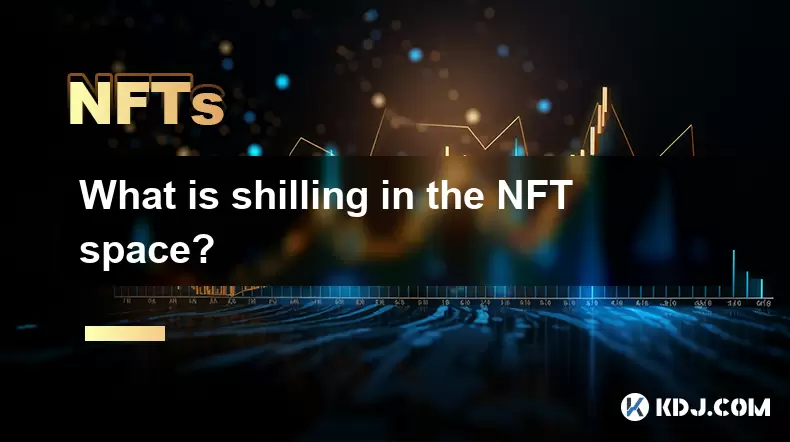
What is shilling in the NFT space?
Aug 08,2025 at 02:14am
Understanding the Concept of Shilling in the NFT EcosystemIn the NFT space, the term shilling refers to the act of aggressively promoting a specific d...
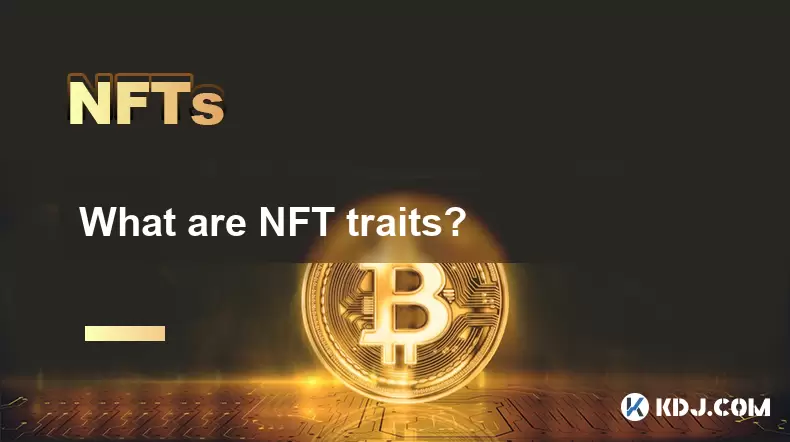
What are NFT traits?
Aug 07,2025 at 10:35pm
Understanding the Concept of NFT TraitsNFT traits define the unique characteristics of a non-fungible token, particularly within collections such as p...
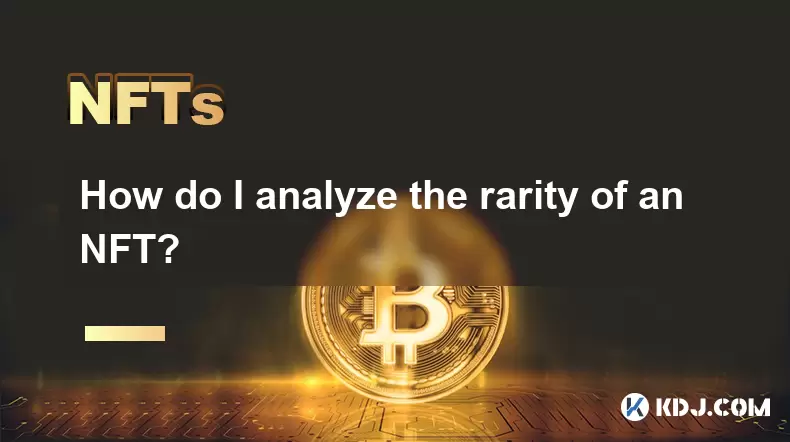
How do I analyze the rarity of an NFT?
Aug 09,2025 at 01:00am
Understanding NFT Rarity and Its ImportanceNFTs, or non-fungible tokens, represent unique digital assets verified on a blockchain. Unlike fungible tok...
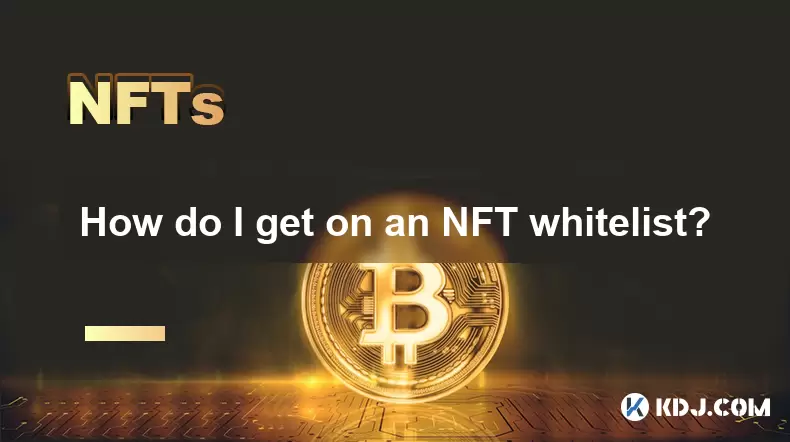
How do I get on an NFT whitelist?
Aug 08,2025 at 09:15am
Understanding the Concept of an NFT WhitelistAn NFT whitelist is a curated list of wallet addresses granted special privileges during an NFT project’s...
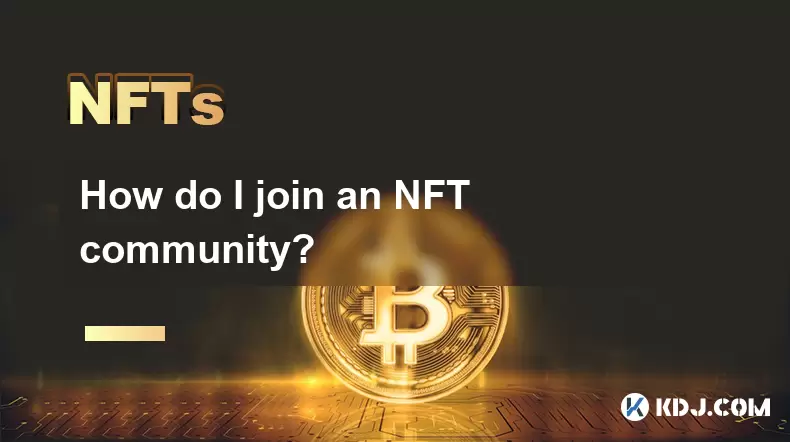
How do I join an NFT community?
Aug 07,2025 at 10:21pm
Understanding the Purpose of NFT CommunitiesNFT communities are digital ecosystems built around specific non-fungible token projects, artists, or broa...
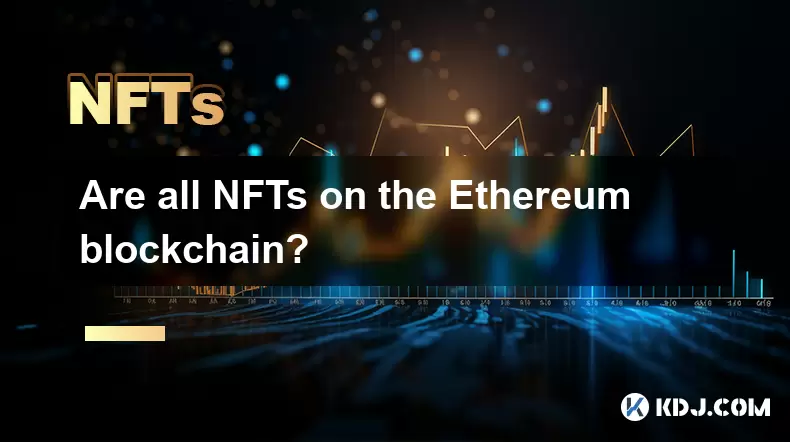
Are all NFTs on the Ethereum blockchain?
Aug 08,2025 at 08:49pm
Understanding the Ethereum Dominance in the NFT SpaceThe Ethereum blockchain has played a foundational role in the development and popularization of n...

What is shilling in the NFT space?
Aug 08,2025 at 02:14am
Understanding the Concept of Shilling in the NFT EcosystemIn the NFT space, the term shilling refers to the act of aggressively promoting a specific d...

What are NFT traits?
Aug 07,2025 at 10:35pm
Understanding the Concept of NFT TraitsNFT traits define the unique characteristics of a non-fungible token, particularly within collections such as p...

How do I analyze the rarity of an NFT?
Aug 09,2025 at 01:00am
Understanding NFT Rarity and Its ImportanceNFTs, or non-fungible tokens, represent unique digital assets verified on a blockchain. Unlike fungible tok...

How do I get on an NFT whitelist?
Aug 08,2025 at 09:15am
Understanding the Concept of an NFT WhitelistAn NFT whitelist is a curated list of wallet addresses granted special privileges during an NFT project’s...

How do I join an NFT community?
Aug 07,2025 at 10:21pm
Understanding the Purpose of NFT CommunitiesNFT communities are digital ecosystems built around specific non-fungible token projects, artists, or broa...

Are all NFTs on the Ethereum blockchain?
Aug 08,2025 at 08:49pm
Understanding the Ethereum Dominance in the NFT SpaceThe Ethereum blockchain has played a foundational role in the development and popularization of n...
See all articles

























































































